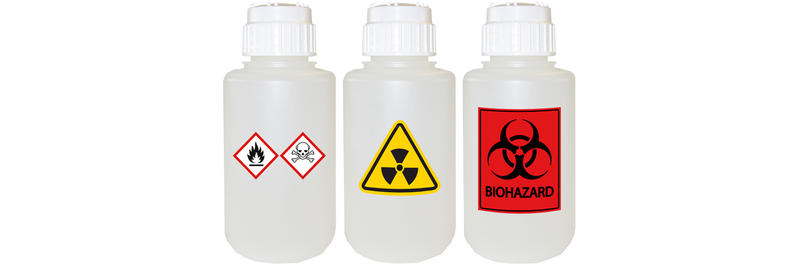Not known Factual Statements About Reclaim Waste
Not known Factual Statements About Reclaim Waste
Blog Article
What Does Reclaim Waste Do?
Table of ContentsLittle Known Questions About Reclaim Waste.Our Reclaim Waste DiariesNot known Details About Reclaim Waste The Facts About Reclaim Waste RevealedAbout Reclaim Waste
Check out the types, occurrences, and types of fluid waste. Domestic sewage waste describes the waste and items from a property sewage-disposal tank. This kind of waste is created by human beings in residences, schools, and various other buildings. This only includes septic tanks that have a drain field. The appropriate administration and disposal of domestic sewer waste need fluid waste to be moved to a sewage therapy plant where the correct methods and devices are related to purify and throw away waste.
Commercial waste typically includes prospective risks, such as flammable products or a blend of fluid and strong waste products, and needs an advanced and in-depth disposal process. The disposal of commercial waste commonly includes the filtering of waste prior to transportation to guarantee secure and correct disposal. Hazardous waste is developed from results and runoff of industrial procedures and production.
This type of waste can not utilize the very same sewage monitoring transport or processes as septic or industrial liquids. The industrial waste monitoring procedure calls for the evaluation and screening of liquid waste before it undergoes the disposal procedure (liquid waste disposal). Overflow waste is the liquid waste that comes from overflow and excess stormwater in very booming locations or cities
Drainage waste can trigger contamination and flooding if not taken care of effectively. Guaranteeing correct waste administration can protect against disasters and decrease ecological injury.
The Single Strategy To Use For Reclaim Waste
Call PROS Providers today to learn more about our waste administration and disposal solutions and the proper methods to care for the fluid waste you produce.
(https://businesslistingplus.com/profile/reclaimwaste1/)Do you understand what happens to your water when you pull the plug, purge the commode or drain the cleaning device? No? Well, it deserves understanding. This supposed 'wastewater' is not just an essential resource but, after treatment, will be launched to our land, rivers or the ocean. Made use of water from toilets, showers, baths, kitchen sinks, washings and industrial procedures is known as wastewater.

water made use of to cool down machinery or tidy plant and equipment). Stormwater, a form of wastewater, is drainage that streams from agricultural and city areas such as roofings, parks, gardens, roads, courses and rain gutters into stormwater drains pipes, after rain. Stormwater moves without treatment directly to neighborhood creeks or rivers, eventually getting to the ocean.
About Reclaim Waste
In Queensland, many wastewater is dealt with at sewer treatment plants. Wastewater is transported from domestic or industrial sites through a system of drains and pump stations, understood as sewerage reticulation, to a sewage therapy plant.
The Division of Natural Resources suggests local governments about managing, operating and keeping sewage systems and therapy plants. In unsewered areas, city governments may need homeowners to mount specific or household sewage therapy systems to deal with domestic wastewater from bathrooms, cooking areas, bathrooms and washings. The Department of Natural Resources authorizes making use of home systems when they are proven to be effective.
In some new subdivisions, therapy of some stormwater to eliminate trash, sand and gravel has started utilizing gross contaminant traps. Wastewater treatment takes place in four phases: Gets rid of strong issue.
Makes use of tiny living microorganisms recognizes as micro-organisms to break down and eliminate continuing to be liquified wastes and fine particles. Micro-organisms and wastes are included in the sludge.
The Definitive Guide to Reclaim Waste
Nutrient removal is not available at all sewer treatment plants because it requires pricey specialized tools. Clear liquid effluent created after treatment might still have disease-causing micro-organisms - industrial wastewater treatment.

This usually implies wastewater needs to be click to read more treated or contaminants eliminated before it can be discharged to rivers. A lot of wastewater moves into the sewage system. Under the Act, city governments administer authorizations and permits for environmentally relevant tasks (ERAs) entailing wastewater releases that could have a regional impact. The division administers authorizations and licences to ERAs involving wastewater launches that may have a local or statewide impact.
Getting My Reclaim Waste To Work
Monitoring provides accurate info regarding water high quality and can validate that permit problems are being fulfilled. The details obtained through tracking supplies the basis for making water top quality choices.
Report this page